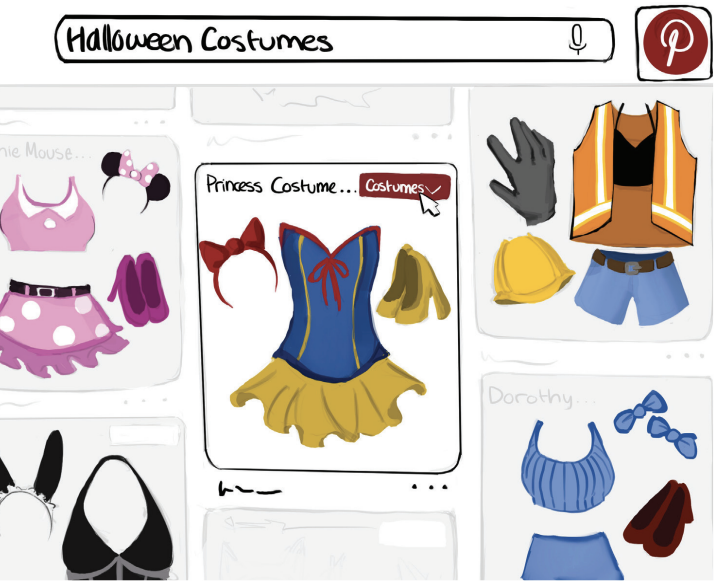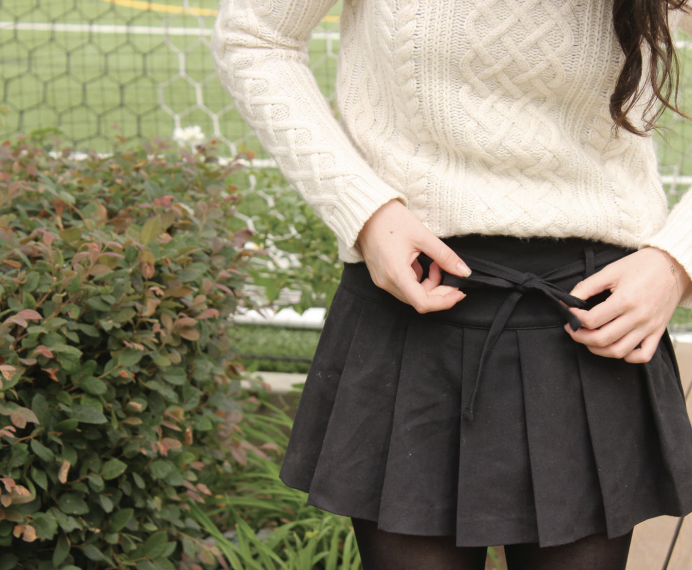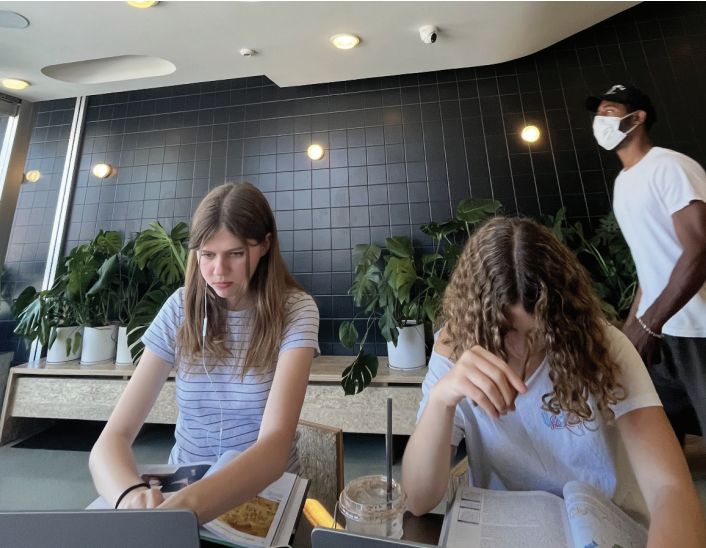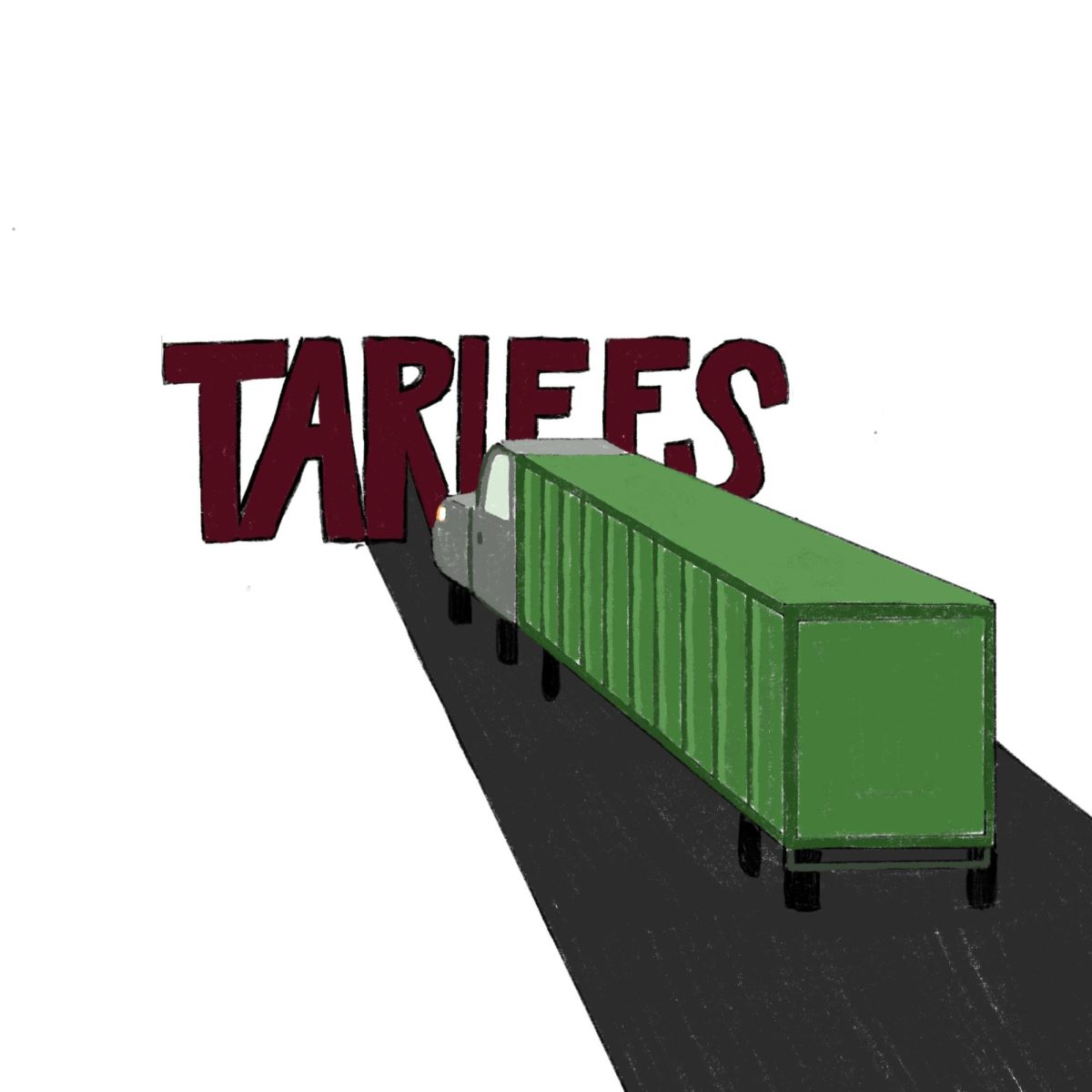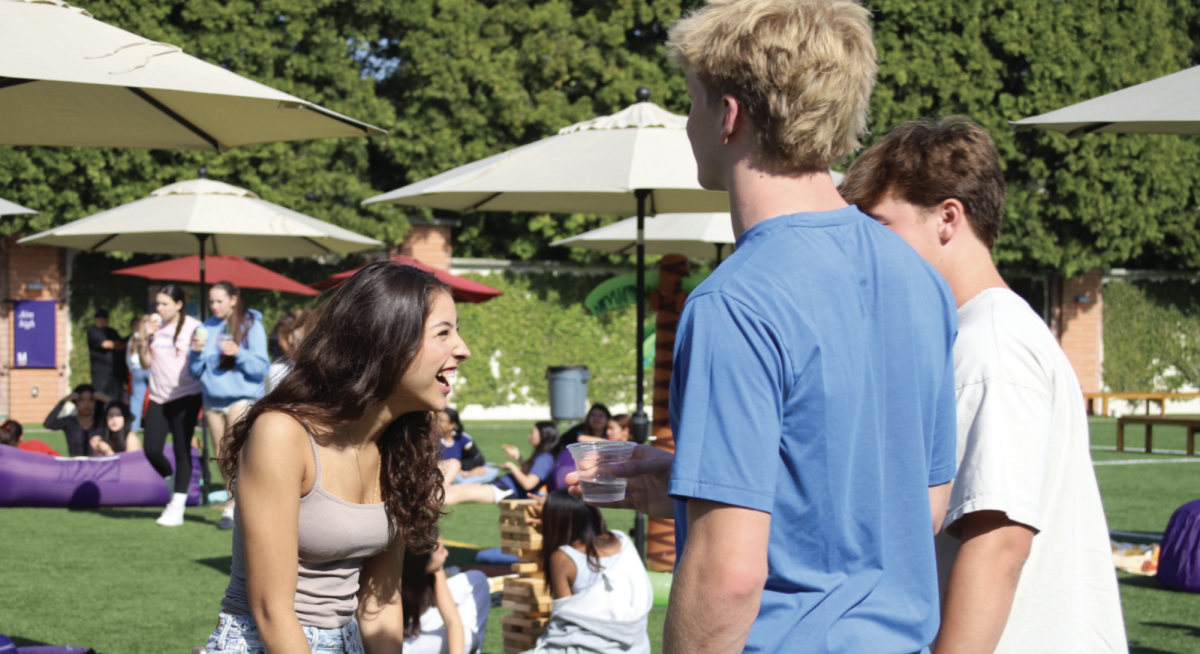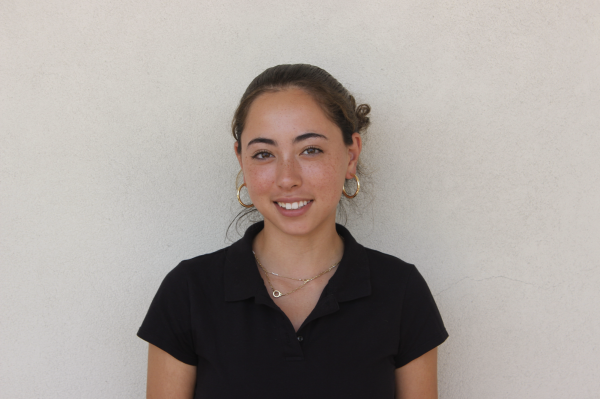As Halloween approaches, the pressure to curate costumes to wear for various Halloween events consumes the lives of teenagers. Social media platforms such as Pinterest and TikTok often exacerbate this pressure by promoting themed looks, which I have noticed largely stem from these two categories: childhood figures and blue-collar occupations, in a sexier and more mature configuration.
When searching for “cute Halloween costumes” on Pinterest, results include tight corset tops and ruffled shorts as reimagined Disney princess outfits; checkered blue-and-white bra tops and skimpy shorts that loosely resemble Dorothy from “The Wizard of Oz”; neon orange and yellow vests with tight tank tops and even tighter shorts as a construction worker — all of which turn ordinary roles into hyper sexualized costumes.
Before continuing, I want to make a clear distinction between critiquing the sexualization of childhood figures and blue-collar workers, and recognizing that many teenage girls and women deliberately use their costumes to experiment and find self-expression and empowerment through them.
As a child, Halloween always meant searching through my Chasing Fireflies catalog and slipping on the outfit of my favorite character and going door to door, hoping to acquire piles of candy that I could slowly consume throughout the year. As I got older, I began to notice how costumes shifted away from imagination and play and towards expectations and objectification.
The notion that Halloween costumes “must” be revealing is constantly perpetuated in the media targeted largely towards teenage girls and young women, where the default standard is assumed to be sexy. In a quote from “Mean Girls,” Cady Heron, the main character, says Halloween is a socially acceptable excuse for teenage girls to dress as provocatively as possible, under the guise of “celebrating the holiday.” With “Mean Girls” being incredibly popular, girls are exposed to this notion as early as elementary school, and the message becomes especially harmful, reaching them at an age when their identities and perceptions of self are still being shaped.
Furthermore, what is frightening is when individuals use childhood television characters as the basis for their costumes. Taking iconic figures, such as Minnie Mouse, and using aspects of her attire to rework her into a revealing adult costume, commercializes innocence and youth itself, which completely alters all that she represents to a younger audience. Wearing skimpy and revealing costumes that are sup- posed to be Disney princesses wipes away all of the innocence the characters represent.
Hypersexualizing Halloween costumes can teach young people, especially young girls, that expressing yourself is dependent on appearance rather than originality and individuality. This trend shifts focus of the holiday from having fun and self-expression to an excuse to wear an overly revealing outfit. I think it is time to re- claim Halloween as a holiday as a celebration of self expression and creativity, rather than a source of exploitation and commodification of the teenage girl.

